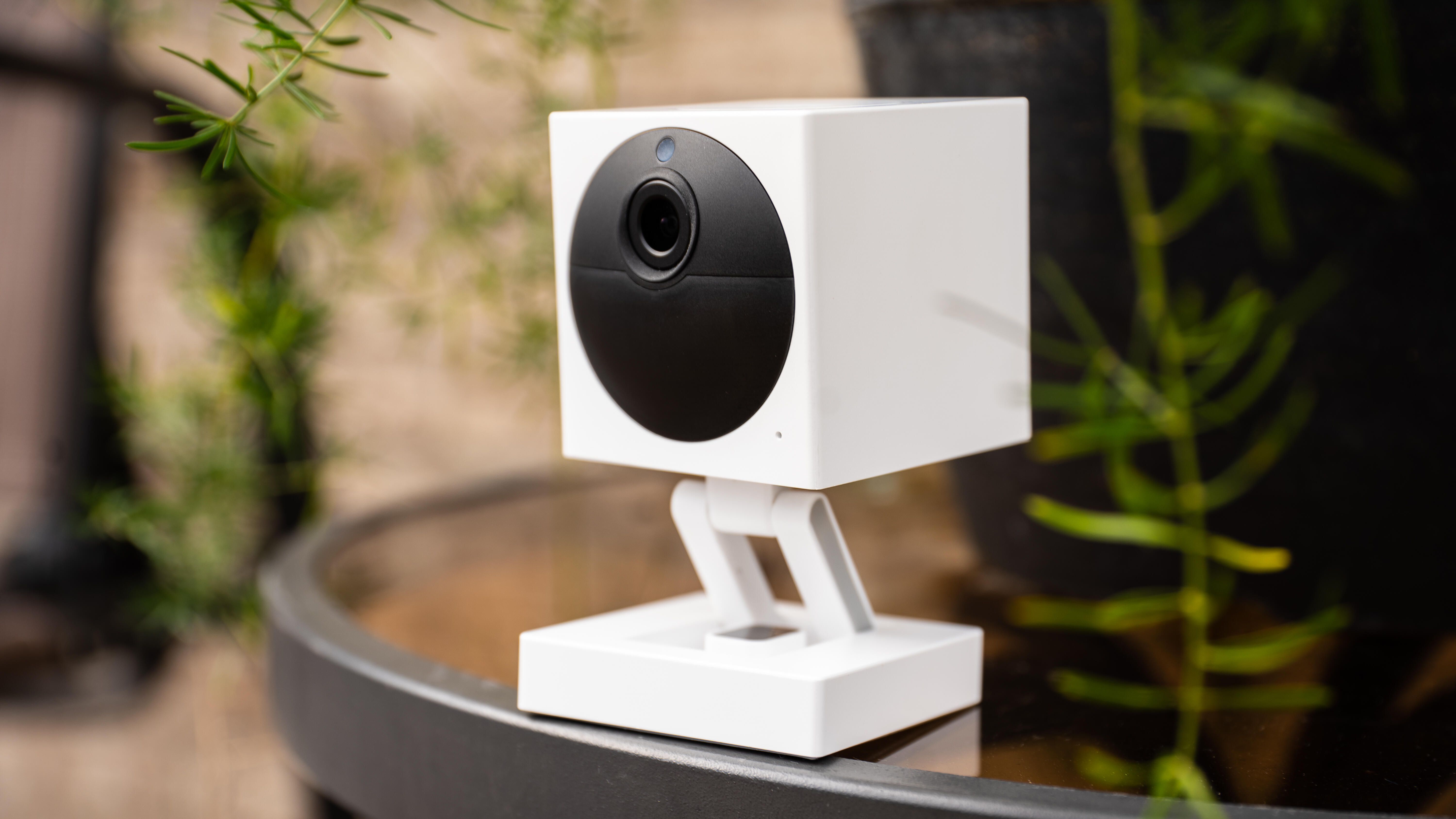Security camera hacking: Here’s how to stop it from happening to you

Chris Monroe/CNET
Installing an internet-connected security camera in your house won’t necessarily bring a wave of hackers to your Wi-Fi network — but losing privacy resulting from a device’s security shortcomings is surprisingly common. Last year, an ADT home security customer noticed an unfamiliar email address connected to her home security account, a professionally monitored system that included cameras and other devices inside her home. That simple discovery, and her report of it to the company, began to topple a long line of dominoes leading back to a technician who had spied, over the course of four and a half years, on hundreds of customers — watching them live their private lives, undress and even have sex.
ADT says it has closed the loopholes that the technician exploited, implementing “new safeguards, training and policies to strengthen … account security and customer privacy.” But invasions of privacy are not unique to ADT and some vulnerabilities are harder to safeguard than others.
Whether you’re using professionally monitored security systems such as ADT, Comcast Xfinity or Vivint, or you just have a few standalone cameras from off-the-shelf companies like Ring, Nest or Arlo, here are a few practices that can help protect your device security and data privacy.
Is my security system vulnerable?
Before jumping into solving the problems of device insecurity, it’s helpful to understand how vulnerable your devices really are.
Major professionally monitored security systems — and even individually sold cameras from reputable developers like Google Nest and Wyze — include high-end encryption (which scrambles messages within a system and grants access through keys) almost across the board. That means as long as you stay current with app and device updates, you should have little…


